Low carbon generation set to meet electricity demand growth – IEA
Smart Energy International
JANUARY 24, 2024
growth of 2022, attributing this to declines in advanced countries due to the lacklustre macroeconomic environment and high inflation. Growing weather impacts on power systems highlight the importance of investing in electricity security. The update finds that world demand for electricity grew by 2.2% in 2023, less than the 2.4%

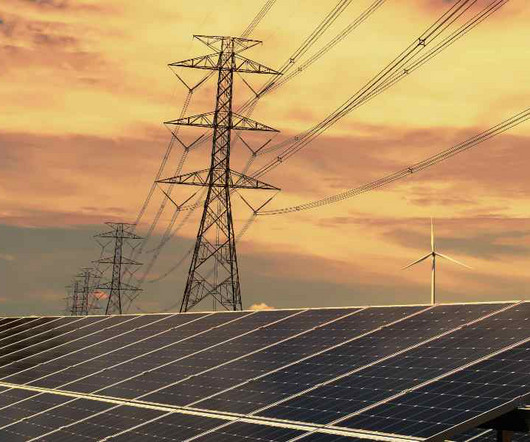
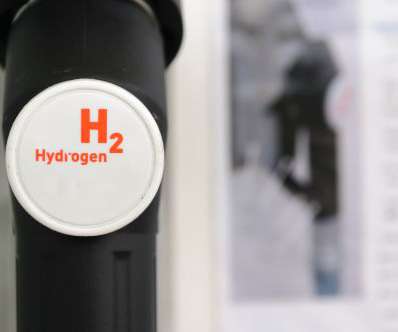

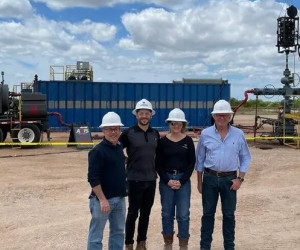
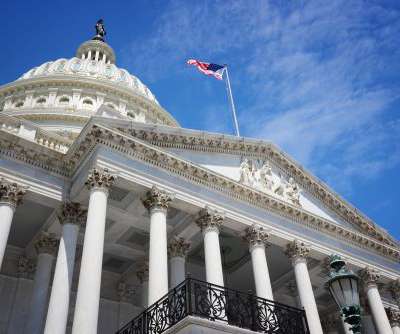
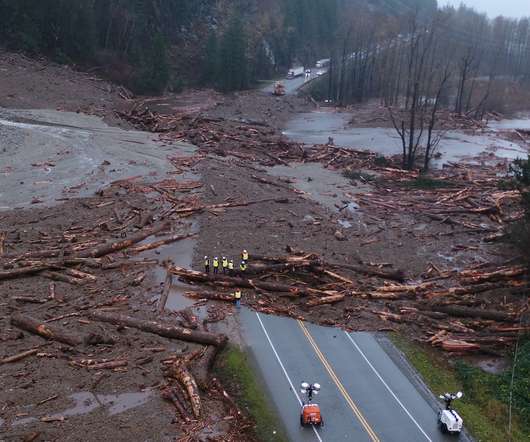








Let's personalize your content